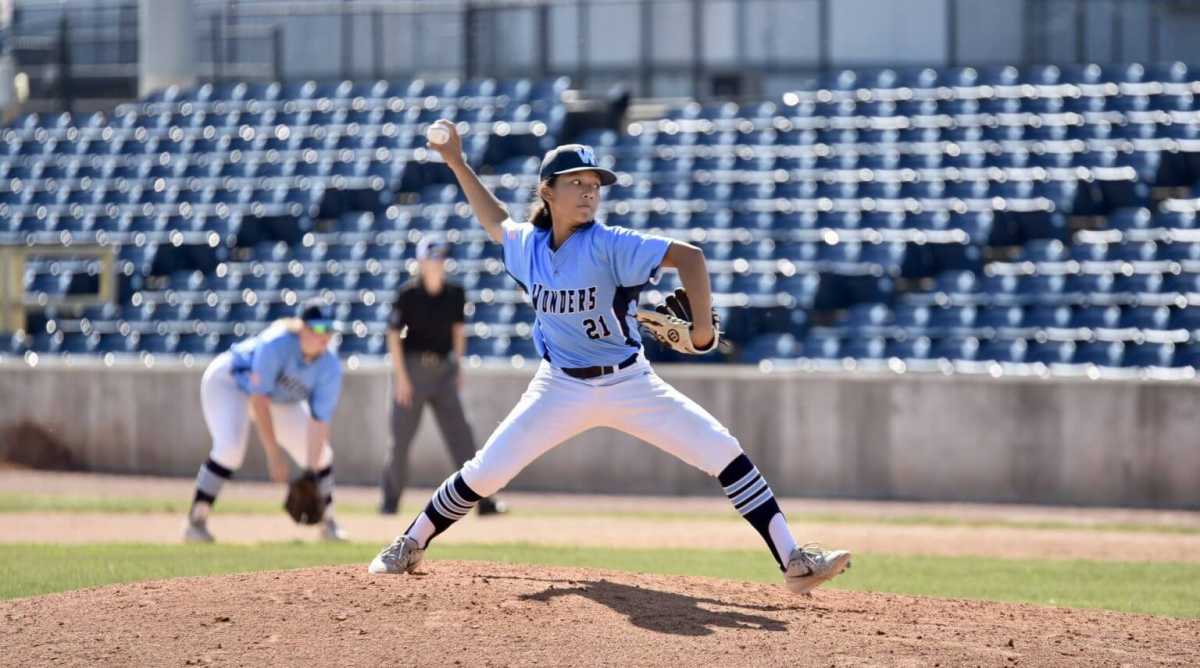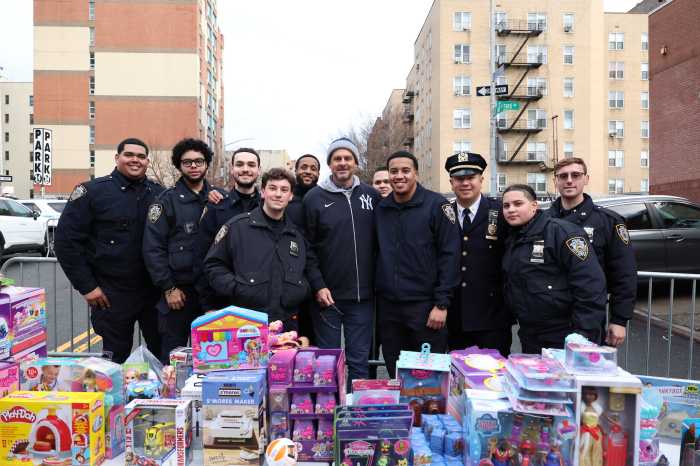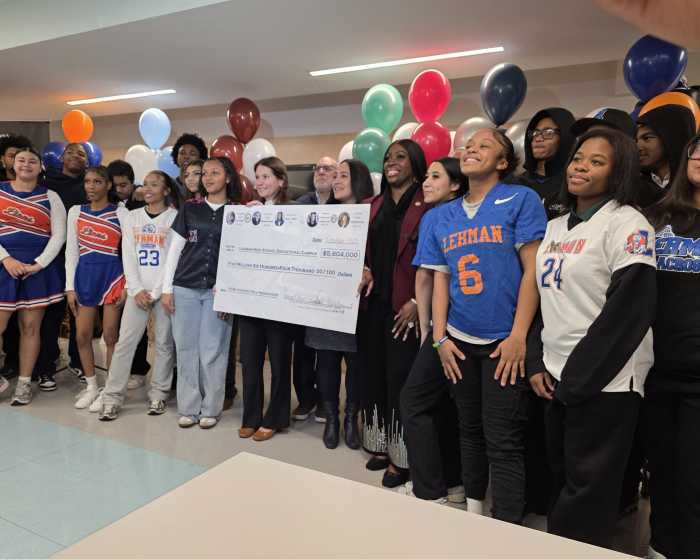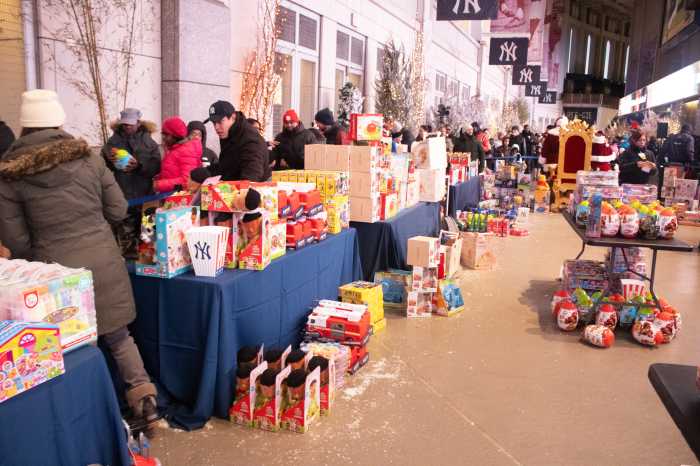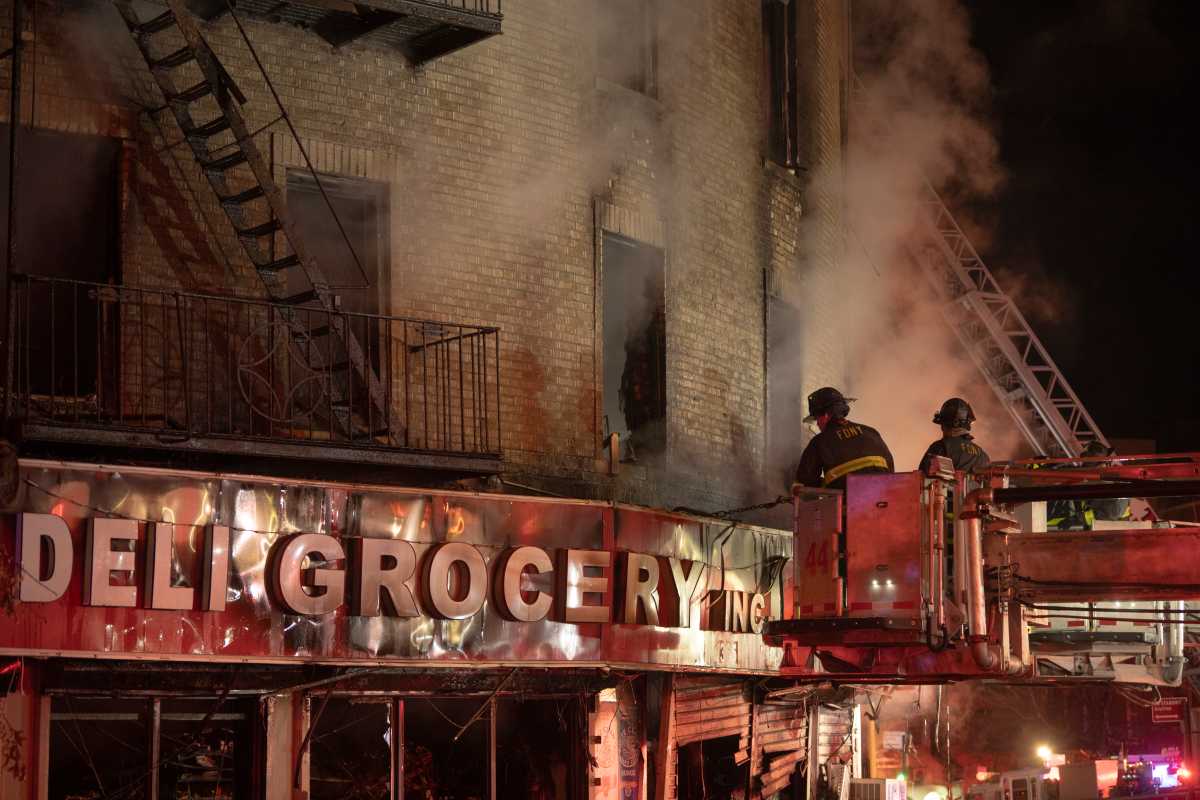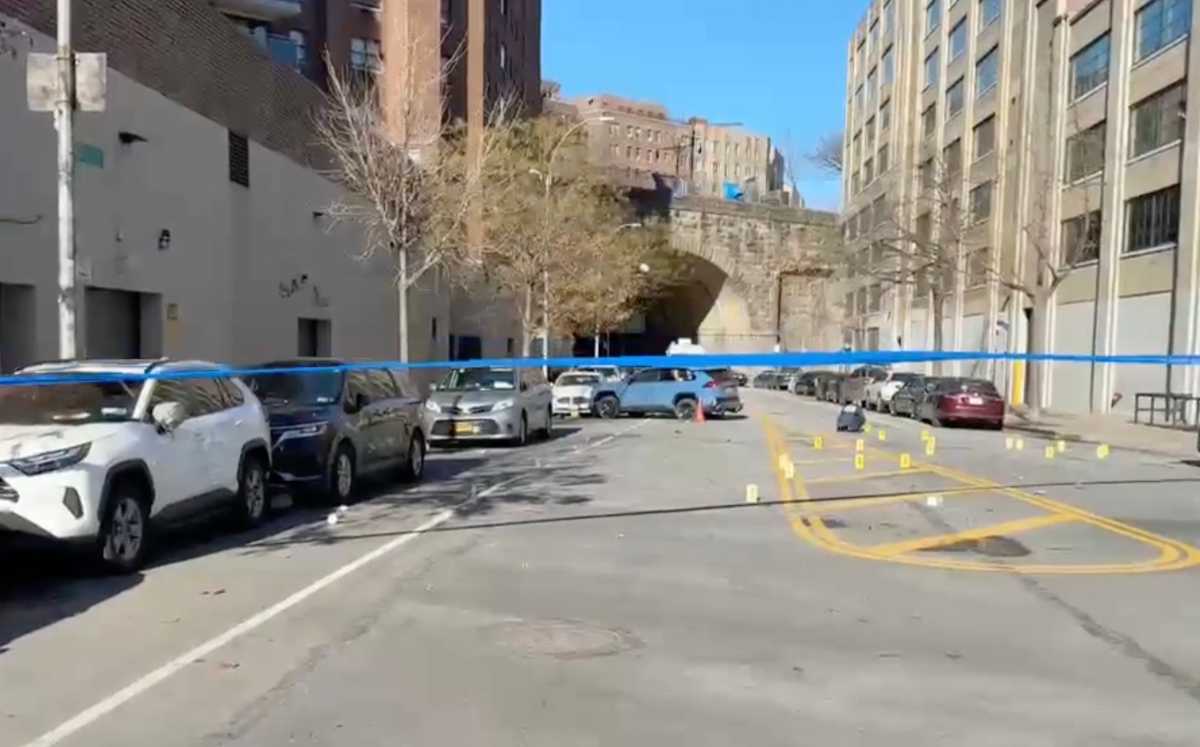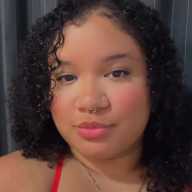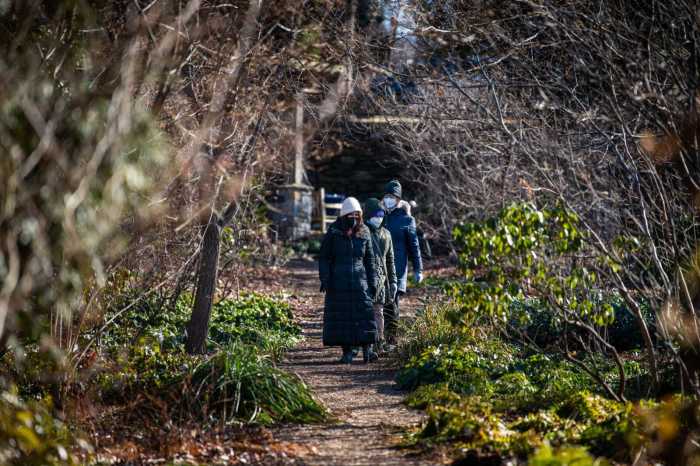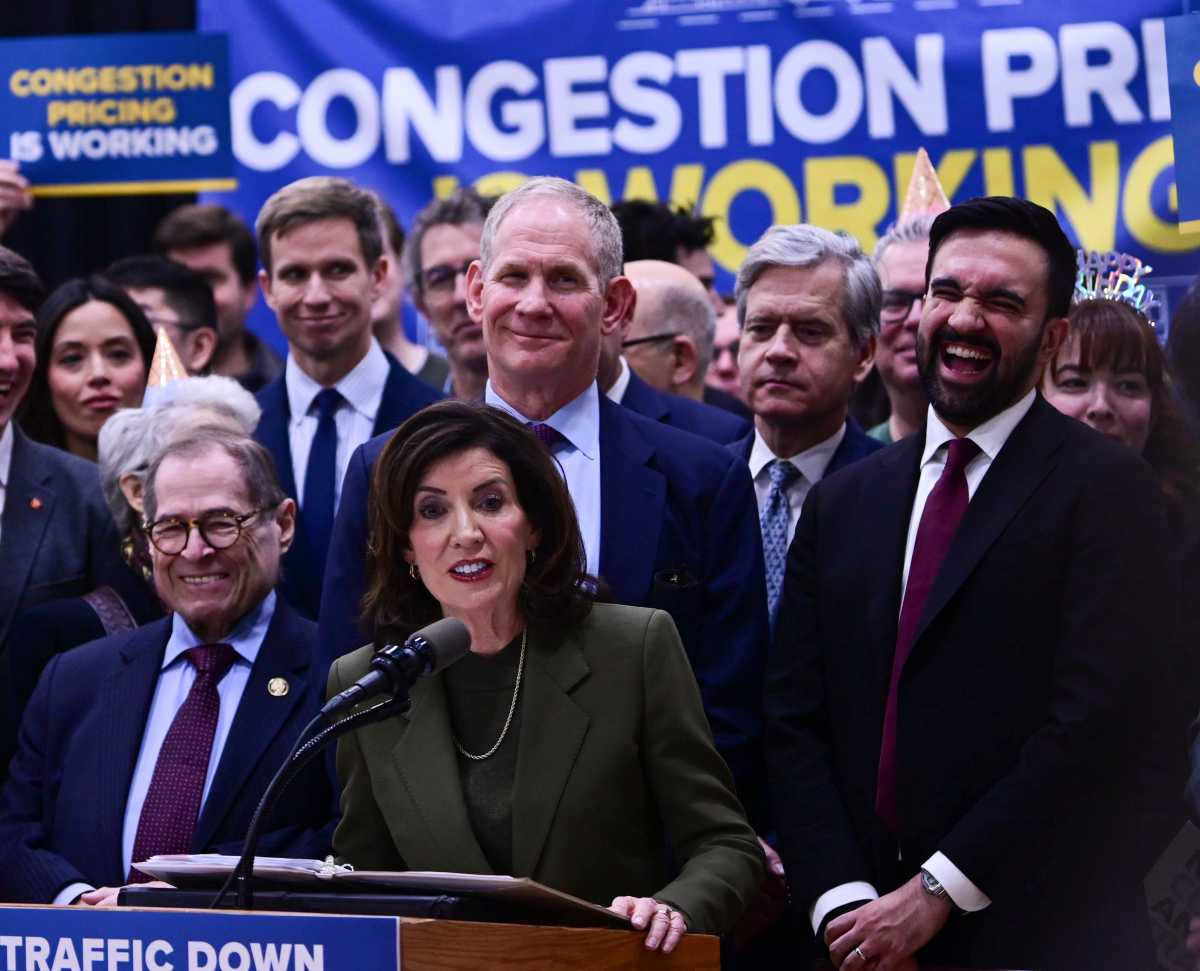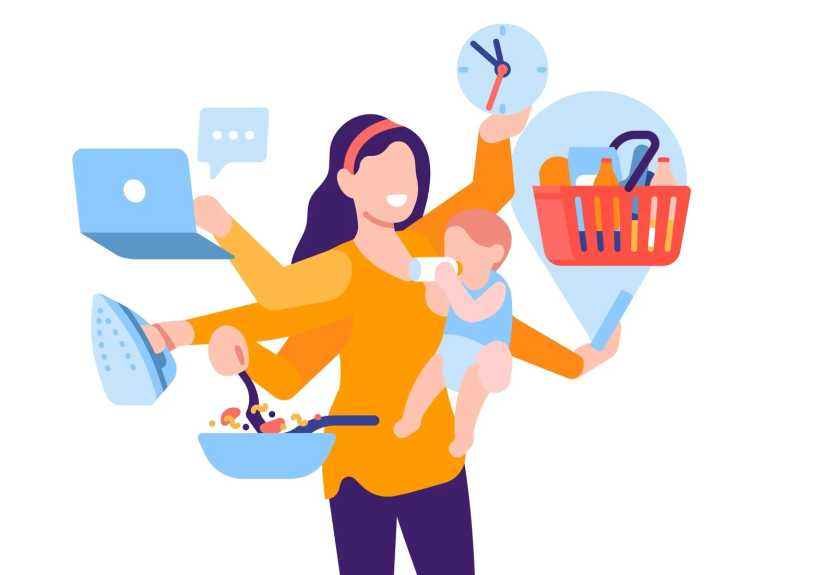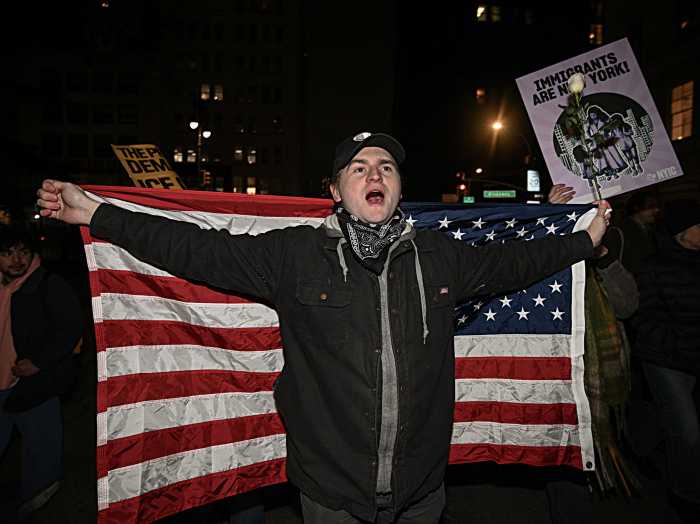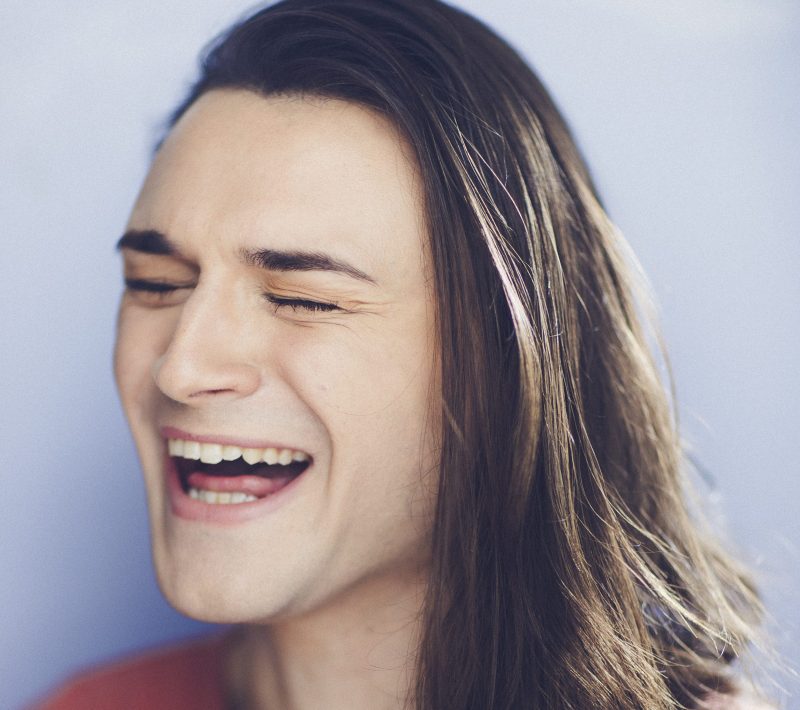On New York City baseball fields, girls in the five boroughs can be found honing their skills in a league of their own.
Two NYC-based girls baseball programs — New York Wonders and Reinas Baseball — are two of 27 nationally recognized girls’ baseballs teams in the U.S. that is fostering space for girls on the baseball diamond and potentially building a pipeline of talent that could contribute to the future of women’s baseball.
“It’s about allowing girls who grow up watching their favorite Yankee or Mets players playing the same sport they are, against other girls who fall in love with the sport,” said Gabby Velez, founder of Bronx-based Reinas Baseball, which promotes an inclusive space for the city’s girl and non-binary athletes in baseball.
Velez started Reinas Baseball during the COVID-19 pandemic, and in its infancy her mission is to roster a team of girls who come from all racial, cultural and socioeconomic diversity in the girl’s baseball community.
“You can’t tell me there aren’t Black and brown girls who wouldn’t love to play travel baseball. You can’t tell me that there aren’t kids from low-income families in the Bronx, Brooklyn, Queens who want to take baseball into high school and college,” she said.
At New York Wonders, Joshua Gannon, president of its umbrella organization New York Girls Baseball, said his decision to get involved with the organization was due to his daughter’s desire to pursue baseball after playing in her local boy-dominated Little League squad.
New York Girls Baseball got its start in 2017, with a recruiting pool of girls from New York, New Jersey and Connecticut for its three New York Wonders teams.
“It’s about investment, from parents and coaches,” Gannon said. “When my daughter said she wanted to play girls’ baseball — not softball — it wasn’t because she hated softball, it was because she wanted to play a sport she loved with other girls who also grew up loving and playing the game.”
A major milestone for the athletes of New York Wonders and Reinas is the summer tournament Baseball For All, a nonprofit organization that was founded by women’s baseball pioneer Justine Siegel, which was held on July 18-22 in Maryland cities, Aberdeen and Bel Air.
This year’s Baseball for All tourney hosted more than 500 ballplayers ages 8-19, and will hold a winter tournament held in Chandler, Arizona, in December. Of the 40 teams that participated, 11 of them were new programs in 2021.
But what happens to their burgeoning careers after that?
For many girls, the pathway to baseball past Little League or travel girls’ baseball teams is extremely limited. And the prospects for girls looking to earn athletic scholarships for bat-and-ball sports, it’s either softball or nothing.
“We still have college coaches who are gatekeepers for the sport,” said Adriane Adler, former Fordham Softball standout and East Coast Women’s Baseball League organizer. “No matter how well a girl can pitch or hit, or how much better she is than the boys she’s trying out with, they will not put them on their high school or college baseball rosters.”
In 1972, Title IX was created to ensure that girls and women have equal participation opportunities in high school and collegiate sports.
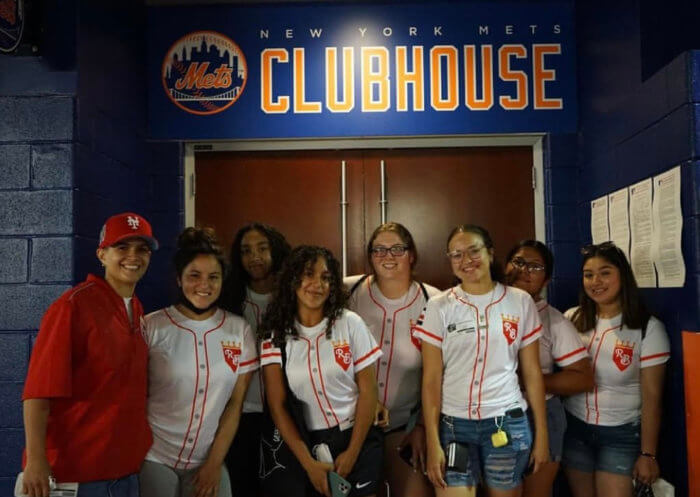
Adler said, Title IX created a “separate but equal” arrangement in school sports that virtually eliminated baseball from girls’ sports, instead of ushering in softball as an alternative.
In November 2009, the NCAA ruled baseball and softball are two different sports. However, a school having a softball team is not a legal reason why a girl could be denied an opportunity to play baseball.
But as many advocates said, girls want to play baseball in an environment with other girls, instead of being the token “girl” on a boys team.
Some also argue that softball is not equivalent to its male-dominated cousin, due to the bigger size of the ball and shorter field dimensions.
“Aspiring female baseball players contend that [baseball and softball] are not at all the same, given substantial differences in the size and dimensions of the fields and the balls and differences in the equipment, rules, and strategies of the games,” said Brittany K. Puzey in her essay “Title IX and Baseball.”
As more girls join teams like Reinas and New York Wonders, momentum and outside investment from partners such as Major League Baseball’s Take the Field and MLB GRIT initiatives, have many advocates and coaches hopeful that women’s baseball will soon be legitimized on the collegiate and professional level.
Women baseball players are already showcasing their talent on the Olympic circuit — an 18-member USA Baseball Women’s National Team was established in 2004 — and one of its Olympians Meggie Meidlinger told the Bronx Times, “college women’s baseball is a strong possibility” in the next few years.
Women’s baseball could follow the precedent set by the legitimization of collegiate women’s hockey in 2001 that led to the creation of the National Women’s Hockey League in 2015.
“There is a market for professional women’s sports and it comes down to how much talent is being showcased and allowed to compete against the best in collegiate and high school levels,” Meidlinger said. “It’s a logical step that if women’s baseball is sanctioned and put on the same platform as men’s baseball, the potential for a professional league is there.”
Sue Zipay a former player in the All-American Girls League — which was the basis for the 1992 film “A League of Their Own” — is in the process of creating a professional women’s league of her own.
Zipay told The Bronx Times she is currently setting the blueprint for a future women’s baseball league under the banner American Girls Baseball with the goal of starting regional tournaments and showcases throughout 2022.
“These women want a league of their own. They want to be legitimized and seen for being some of the best in the sport of baseball,” Zipay said. “And what helps is if people watch how talented they are, invest in the sports and the athletes, and open their mind to what women can accomplish on the baseball field.”
While women’s professional baseball has been a stop-and-start endeavor in the U.S., other countries have found a market for the sport.
Japan started a four-team Japanese Women’s Baseball League in 2009, although it’s seen a decline due to a lack of investment. In August 2019, the league announced that without new investors and larger crowds, there would be a severe contraction of rostered talent. In November, half of the league’s players had been released ahead of the 2020 season.
The future of collegiate and professional women’s baseball is still undetermined, but many agree, the investment in the 12-and-under age groups is vital to building an ecosystem of girls who can hit, run and field with the best of them.
“I think anyone who is going to build these pro women’s leagues knows that there’s going to be a chance you’ll be operating at a loss for a few years,” said Adler. “But it’s important that if we’re building the talent in the youth sports circuits, high school and collegiate levels, we begin to draw investment and eyes to a product that is good.”
Reach Robbie Sequeira at rsequeira@schnepsmedia.com or (718) 260-4599. For more coverage, follow us on Twitter @bronxtimes and Facebook @bronxtimes.

